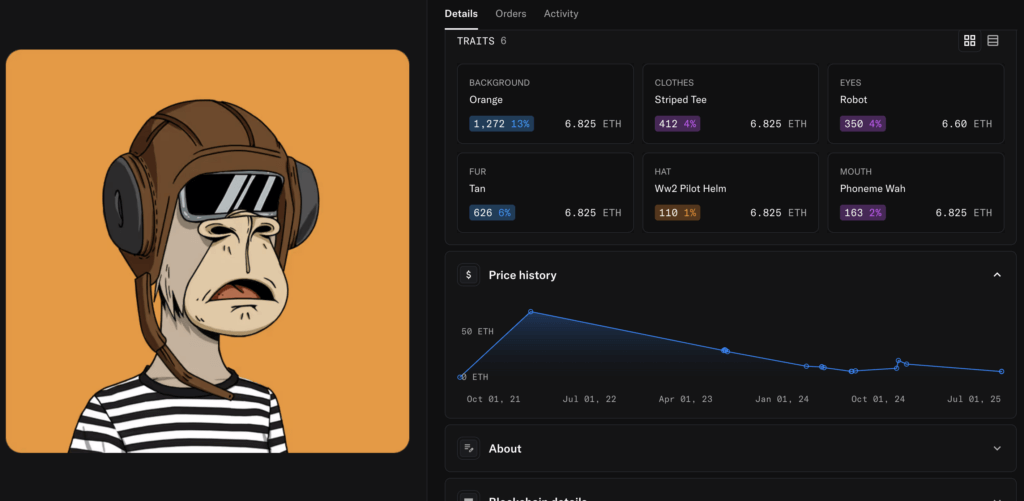Market Pulse
The ambitious vision of blockchain technology transforming traditional finance continues to unfold, with recent discussions hinting at a monumental collaboration between Solana and Western Union. The prospect of Solana facilitating dollar token remittances for an astounding 100 million Western Union users worldwide presents a tantalizing glimpse into the future of global payments. However, as senior crypto-financial journalists, we must approach such grand pronouncements with a blend of analytical rigor and cautious optimism, dissecting the immense technical, regulatory, and operational hurdles that stand between vision and reality by late 2025.
The Scale of the Ambition: 100 Million Users
Western Union, a titan in the global remittance industry, boasts a vast network and processes billions of dollars in transfers annually. Integrating a blockchain like Solana to handle transactions for a significant portion of its user base – specifically 100 million users sending ‘dollar tokens’ – would represent one of the most significant real-world adoptions of decentralized technology to date. This isn’t merely about processing payments; it’s about transforming the underlying infrastructure for cross-border value transfer, potentially offering faster settlement times and reduced transaction costs. The sheer volume of transactions and the demands on network stability and finality would be unprecedented for any public blockchain.
Solana’s Scalability Under Scrutiny
Solana has long prided itself on high transaction throughput and low fees, often touting theoretical capacities far exceeding most competitors. However, its operational history has also been marked by intermittent network outages and congestion issues, particularly during periods of high demand from DeFi and NFT activities. While the network has undergone significant upgrades and demonstrated improved stability in recent months, scaling to consistently support 100 million active users engaged in high-value financial transfers without a single hiccup is a different league entirely. Legacy payment systems, while slower and more costly, have decades of battle-tested reliability and centralized control that allows for rapid intervention. Solana’s decentralized nature introduces both benefits and unique challenges in maintaining such stringent uptime and performance standards.
Read Also: Animoca Brands Fuels Base Network’s DeFi Ascent with Strategic Aerodrome Investment
Navigating the ‘Dollar Token’ Regulatory Labyrinth
The concept of ‘dollar tokens’ primarily refers to stablecoins, digital assets pegged to the value of the US dollar. While stablecoins like USDC and USDT have gained widespread adoption, their regulatory landscape remains fragmented and complex, particularly for cross-border remittances involving a global entity like Western Union. Different jurisdictions have varying laws regarding stablecoin issuance, custody, and transfer, including stringent Anti-Money Laundering (AML) and Know Your Customer (KYC) requirements. Western Union’s existing compliance infrastructure is built for traditional finance; adapting this to the pseudo-anonymous or transparent nature of blockchain transactions, while adhering to global standards, presents a formidable regulatory and technological integration challenge. Establishing clear legal frameworks for ‘digital dollars’ that are globally recognized and interoperable is paramount.
Operational Complexities and User Experience
Beyond technical scalability and regulatory compliance, the operational integration and user experience aspects cannot be understated. Onboarding millions of traditional Western Union customers, who may have little to no prior exposure to crypto wallets or blockchain addresses, would require an exceptionally seamless and intuitive interface. This implies significant investment in user education, robust customer support, and abstracting away the complexities of blockchain interaction. Furthermore, ensuring the security of user funds, managing private keys (or equivalent custodial solutions), and providing real-time dispute resolution mechanisms on a decentralized ledger would demand innovative solutions and robust safeguards.
Conclusion
The vision of Solana underpinning Western Union’s global remittances for 100 million users is undeniably exciting, representing a potential paradigm shift in cross-border payments. It speaks to the transformative power blockchain could bring: speed, efficiency, and potentially greater financial inclusion. However, this is not a short-term endeavor. The path forward is paved with significant technical challenges in ensuring unprecedented network stability and throughput, navigating a patchwork of global stablecoin regulations, and overcoming the immense hurdle of mainstream user adoption. While such discussions highlight the growing maturity and ambition within the crypto space, a truly functional and compliant system of this magnitude remains a long-term aspiration, requiring careful, incremental development and extensive regulatory harmonization.
Pros (Bullish Points)
- Potential for vastly reduced remittance costs and increased speed for global users.
- Significant validation for Solana's enterprise-grade capabilities and blockchain's mainstream adoption if successful.
Cons (Bearish Points)
- Solana's network stability and scalability under sustained, extreme load remain unproven at this unprecedented scale.
- Navigating diverse global regulatory frameworks for dollar tokens, KYC/AML, and consumer protection is an immense challenge.
Frequently Asked Questions
What are 'dollar tokens' in this context?
Dollar tokens likely refer to stablecoins pegged to the US dollar, enabling faster, cheaper digital transfers on the blockchain.
What's the main technical challenge for Solana?
Ensuring consistent network stability, processing speed, and security to handle millions of transactions daily without congestion or outages, a scale it hasn't consistently proven.
How would Western Union benefit from this integration?
Western Union could potentially lower transaction fees, increase settlement speed, and expand its reach into digitally-native and unbanked populations globally, modernizing its core service.






